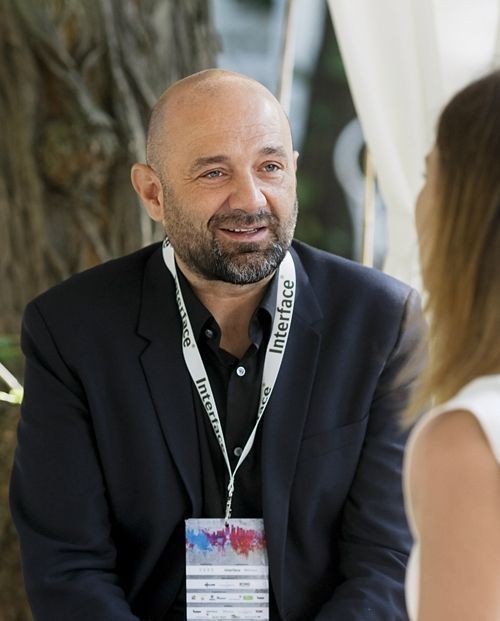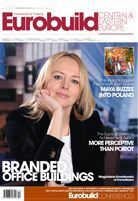Anna Pakulniewcz, ‘Eurobuild Central & Eastern Europe’: As this is not your first time in Warsaw, what would you change here, in terms of the architecture?
Jürgen Mayer, J. Mayer H. und Partner Architekten: Warsaw is on a dynamic path to create an urban fabric that will build up the city’s density. This is important for both the residential part and its commercial activity. We would be happy to contribute to this development.
You are welcome! So what is the most important thing in architecture for you?
It is always important to push the limits of the discipline, to rethink urban life and public space. We also have to look at the changes in society, social and economic demands, digital technology, social media and new methods of construction in order to create an architecture for our times.
So what are your ideas for Warsaw?
We are focusing on projects that engage with their context and the public space around them. This could be the urban landscap































































